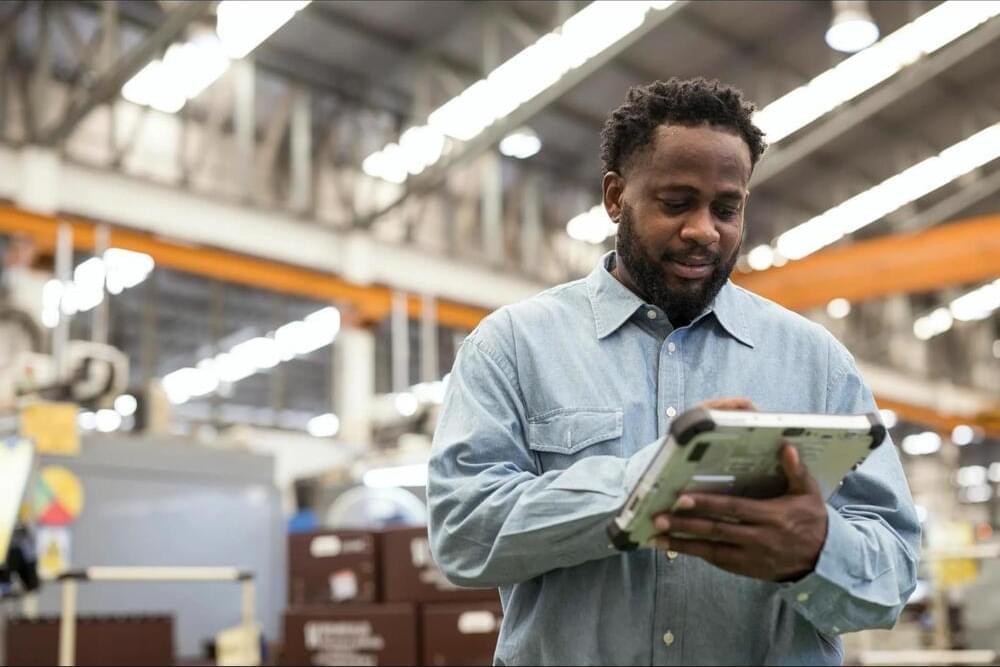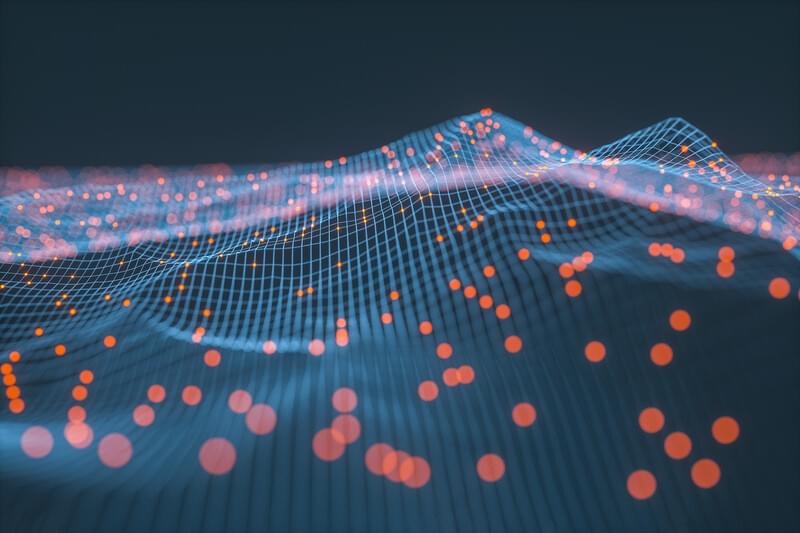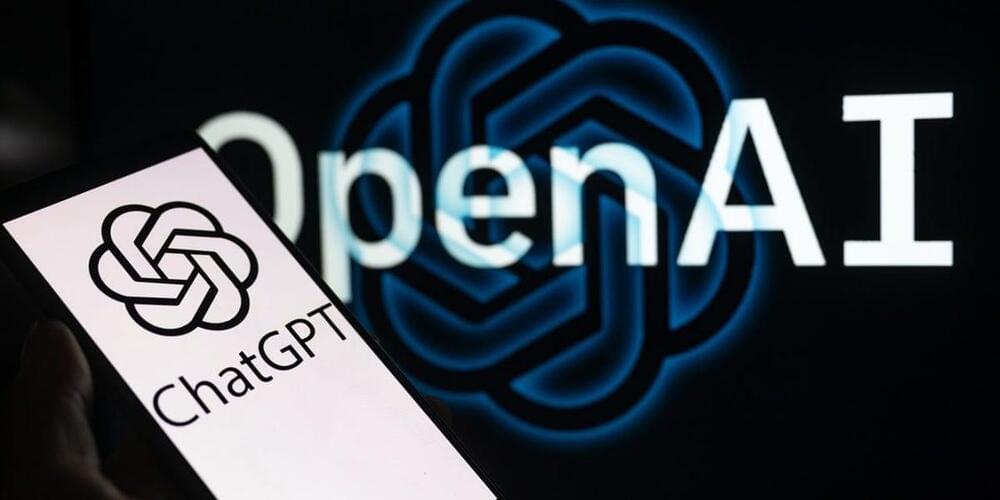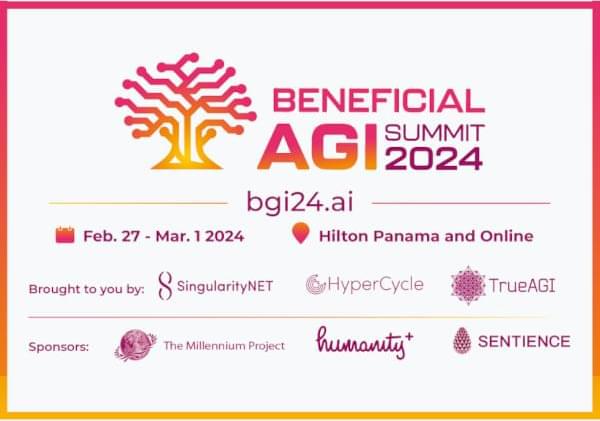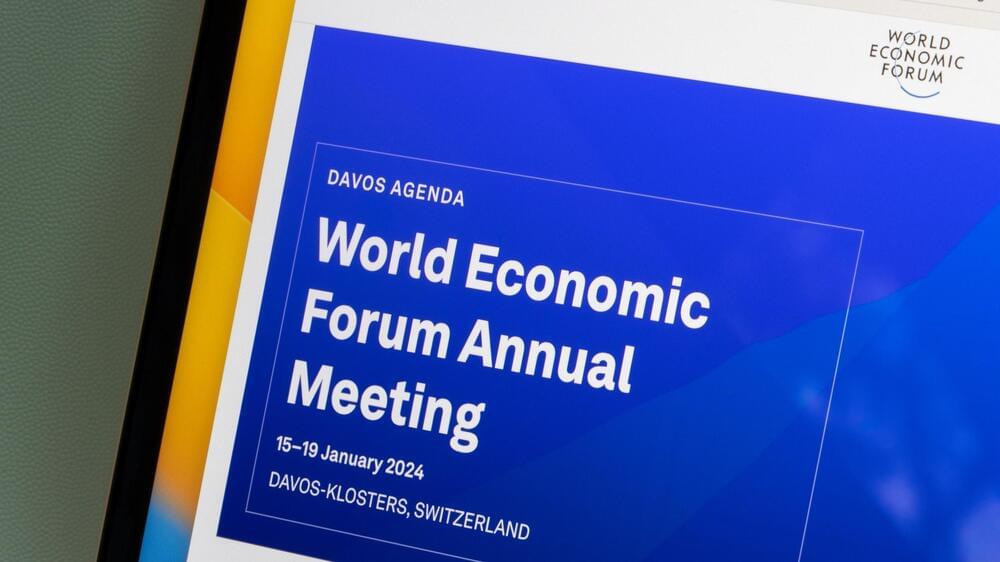Applied in this way, it’s not just generative AI—this is transformational AI. It goes beyond accelerating productivity; it accelerates innovation by sparking new business strategies and revamping existing operations, paving the way for a new era of autonomous enterprise.
Keep in mind that not all Large Language Models (LLMs) can be tailored for genuine business innovation. Most models are generalists that are trained on public information found on the internet and are not experts on your particular brand of doing business. However, techniques like Retrieval Augmented Generation (RAG) allow for the augmentation of general LLMs with industry-specific and company-specific data, enabling them to adapt to anyone’s requirements without extensive and expensive training.
We are still in the nascent stages of advanced AI adoption. Most companies are grappling with the basics—such as implementation, security and governance. However, forward-thinking organizations are already looking ahead. By reimagining the application of generative AI, they are laying the groundwork for businesses to reinvent themselves, ushering in an era where innovation knows no bounds.
